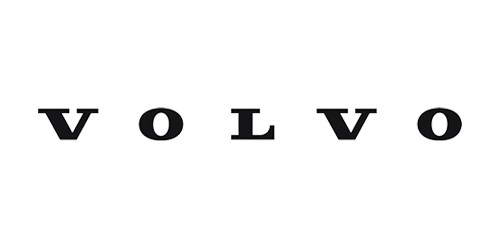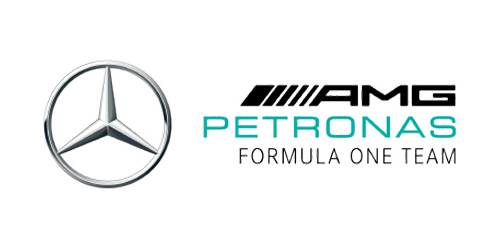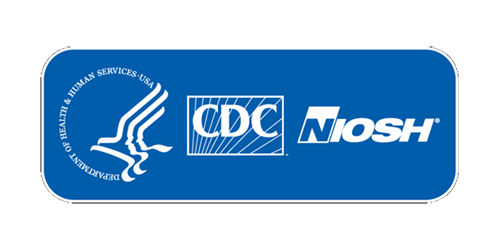
Timetable

 Japan
Japan

Topic: Mobility/Auto-mobile/Auto-Guided-Vehicle (AGV)
With the advancement of AI technology, the expectation of automated driving has been increasing. Human recognition technology is not only being used for automated driving in automobiles, but also for AGVs in factories as well. As a result, the use of autonomous mobile robots is expected to advance in a variety of fields. In this session, we will have an introduction to the technologies and applications for moving mobile robots more safely in spaces where people coexist, including automated driving, and confirm the direction of necessary safety technologies.
Presentations
Safety of Mobile Vehicles - among Automobiles and Robots –
This talk presents the safety of mobile vehicles among automobiles and robots. There are various types from automobiles to robots depending on the sizes, speeds, and purposes of the vehicles. The type shall determine traffic laws and safety standards applied to a vehicle as well as a type approval of a government and safety certification. The talk introduces the taxonomy of the types, laws and standards, and concluded by perspectives.
Towards Vision Zero – Human Factors and Automation
Volvo Group offers trucks, buses, construction equipment, power solutions for marine and industrial applications, financing and services that increase our customers’ uptime and productivity. Volvo is committed to increase safety both with regards to our workplace as well as to the environments where our products are used. Volvo’s founders put SAFER as a top priority back in 1927 and we see collaboration with road authorities, research organizations and other vehicle manufacturers as key to reach our safety vision. We want to understand the casual factors to why accidents occur and when things go right. We see human error as a symptom, not a cause, of a system which needs to be re-designed. We also acknowledge that human behavior is variable. Humans can be both bad and extremely good at handling decision making and anticipate upcoming events and behavior of other road users. A key design principle is to make sure people and our developed technology together can avoid critical situations. Different design principles for advanced driver-assistance systems and higher levels of automation are presented.
Challenge for Field Robotics~ Changing Outdoor Works ~
The necessity of international standards and regulations for social implementation of cobots
The work environment of robots will spread in environment of the human coexistence from the factory.
However, system integrators should deal with company’s own rules to manage robots in the factory, and the jurisdiction administration and laws and regulations to manage robots in the environment outside the factory are not fixed.
When the robot system should deal with diverse conditions, it causes design cost rising and obstructs the spread of robot business.
If there are the international standards such as performance indexes for each work environment, development speed will improve as well as cost reduction.
Vision Zero, Road Safety and the Way to Automated Driving
This presentation explains the strategy of Vision Zero concerning road safety. It demonstrates how much the way towards automated driving corresponds with the way towards Vision Zero. Using experiences from Germany and from the EU the presentation demonstrates that applying ten measures, only, some 90 percent of fatal and severe road accidents can be prevented. We know how to prevent nearly all fatal and severe road accidents, but we must bring this knowledge on the road!
Break
"A car that doesn't collide?"The secret of "EyeSight" created by SUBARU
Since the early days of Subaru, we have been striving for high safety performance based on the concept “Technology is for people”. The safety philosophy that has been handed down from generation to generation has led to the realization of Subaru’s unique “EyeSight” driving support system, which aims to “prevent collisions” in the first place. In this session, I explain the 30-year development history of EyeSight and the future of automated driving technology.
Strategies to Improve Safety of Daifuku
Daifuku manages safety in five-phase, aiming for zero accidents.
This time, I will introduce three examples of strategies.
1. Qualification acquisition and status of safety assessor.
2. Safety activities and status of overseas affiliates and Local employees.
3. Traffic accident and status of use of drive recorders as safety measures for company cars.
A.I. Teamlogistics
We will introduce our company, case studies, and the vision of logistics in 2030 under the theme of “AI Teamlogistics,” focusing on our efforts to ensure worker safety, health, and a better working environment in the logistics industry.
Toyota Industries Corporation was founded in 1926 by Sakichi Toyoda to manufacture and sell the automatic looms which he had invented and perfected. Since that time Toyota Industries has promoted diversification and expanded the scope of its business domains to include textile machinery, automobiles such as vehicles, engines, car air-conditioning compressors and so on, materials handling equipment, and electronics.
Regarding the Vision Zero initiatives, some case studies are presented with the key words “zero accidents,” “zero emissions,” and “zero complaints.
Finally we present the next generation of teamwork logistics between workers and automated working environment, using cutting-edge technologies such as artificial intelligence, as our 2030 Vision.
Creating Sustainable Resilience in OSH
Stuart Hughes, Head of Health and Safety for Mercedes AMG PETRONAS FORMULA ONE TEAM, provides an insight into the workings the eight times consecutive World Champions. This presentation explores how OSH aligns and integrates into their high-performance environment, delivering on track performance. Focusing on leading with intent, performance under pressure, OSH leadership and empowering the employee voice. This presentation takes you behind the scenes and trackside, with insights from the Teams Leadership and employees to provide an understanding of how OSH is viewed as an enabler and can be utilised to deliver a competitive advantage in one of the sport’s most competitive environments.
Understanding Safety and Trust of Human-Robot Interaction
The rapid growth of industrial applications using mobile and collaborative robots has generated new safety concerns in various workspaces. Though corresponding safety standards have regulated how a robot reacts when human workers are presented in a collaborative environment, physical characteristics and moving trajectories of robotic devices and end effectors can affect the trust in human-robot interaction. To provide a safe and comfortable workspace for human workers, it is necessary to understand the concerns of human workers while interacting with robotic devices. To enhance worker trust in the human-robots interaction, adequate interaction model needs to be integrated in robot operations. The research activities in this study adopted different machine vision techniques to acquire the movements of both robots and human workers in the same workspace. With the assistance of the adopted machine learning algorithms, both safety and trust can be taken into account.
Autonomous Vehicles and Robots at FedEx
FedEx touches 99% of the world’s GDP. Moving millions of packages a day takes not only a lot of people, but a lot of automation and robotics. In this presentation, R&D Senior Advisor Aaron Prather, pulls back the curtain to show how robots and automation are getting your package to you on time and safely.






















